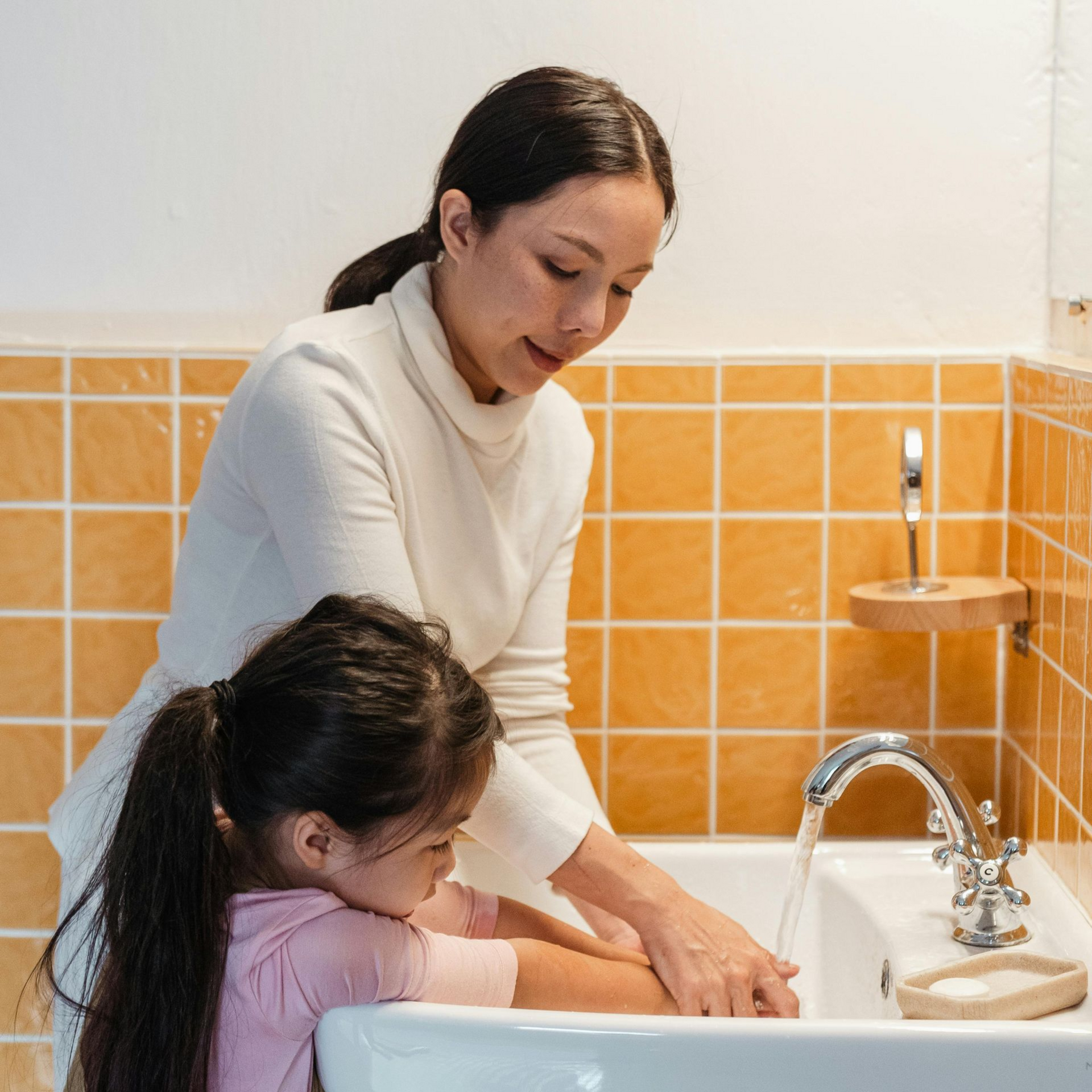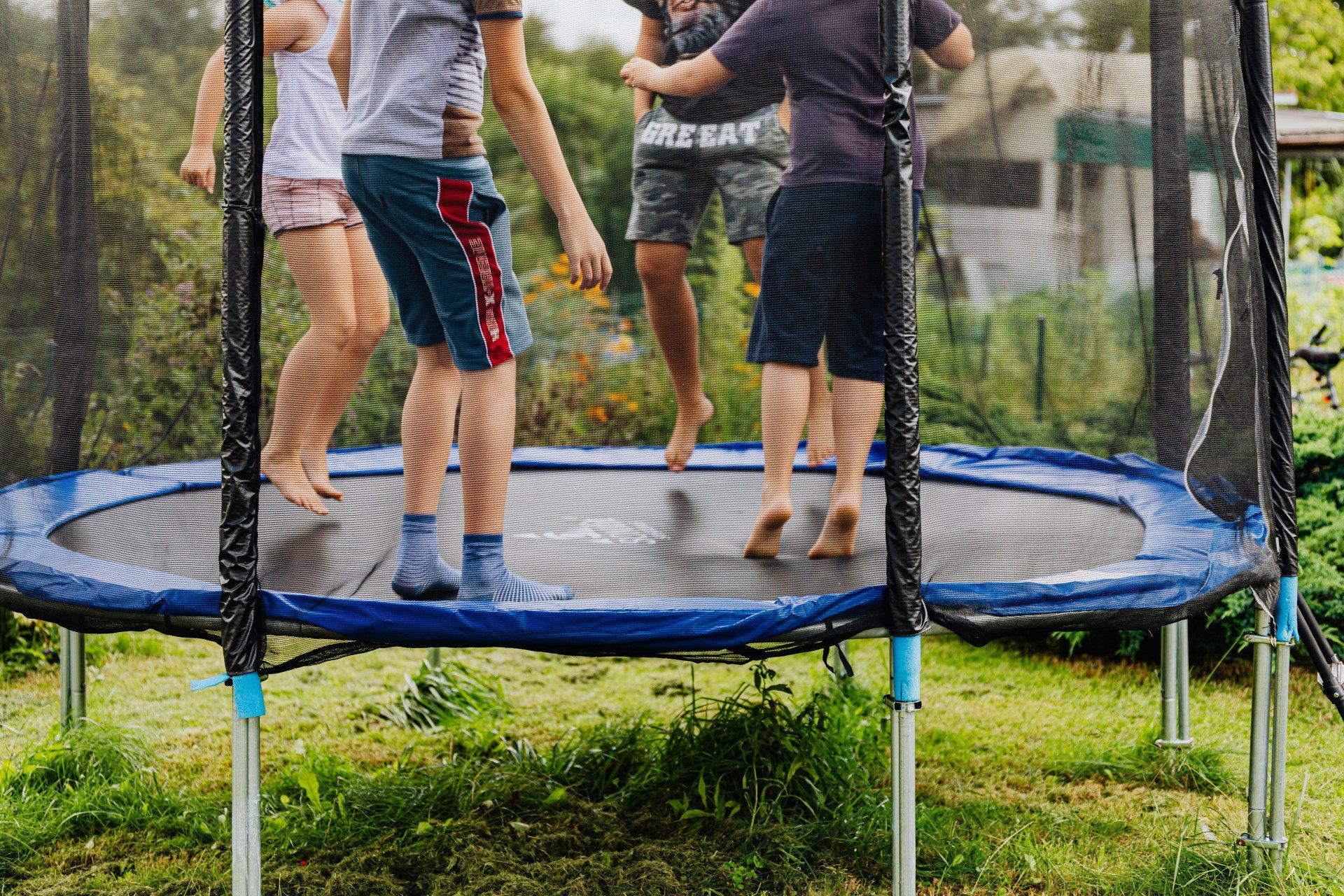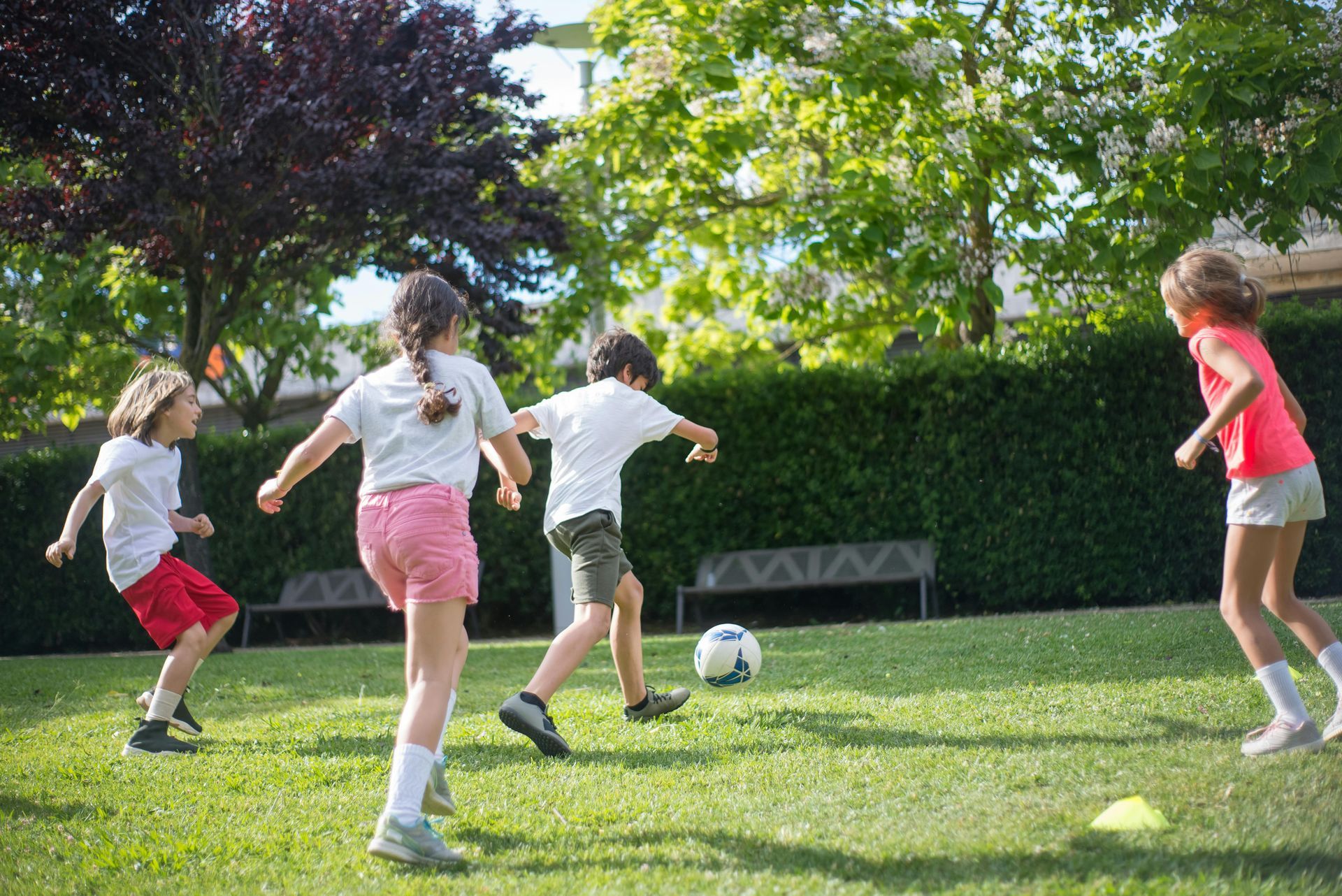Why Nighttime Toilet Training Takes Longer—and What Parents Can Do
It’s 2 AM. You’re half-asleep, changing wet sheets for a dry set, wondering how to best support your child through the night. If that sounds familiar, you’re not alone. In fact, it’s completely normal. For many children—even those who are perfectly potty-trained during the day—nighttime dryness comes months or even years later.
Parents often ask:
“Did I do something wrong?”
“Shouldn’t my child be dry overnight by now?”
“Is it harder for children with autism?”
The reassuring truth is that nighttime dryness is usually a developmental milestone rather than a skill you can directly teach. And while it takes longer, there are strategies that can help.
Why Nighttime Toilet Training is Different
Daytime potty training is a learned skill—recognizing the urge to go, sitting on the toilet, and receiving reinforcement. Nighttime dryness, on the other hand, is more about biology than behavior. Some key differences:
- Bladder maturity: Some children’s bladders can’t yet hold urine for 10–12 hours.
- Hormones: The body releases an antidiuretic hormone (ADH) to slow nighttime urine production. In some children, this hormone isn’t fully active until later.
- Sleep cycles: Deep sleepers may not wake up when their bladder is full.
- Developmental differences: Children with autism may have unique sleep patterns, sensory needs, or routines that affect nighttime training.
👉 Think of daytime training as behavioral and nighttime training as biological. You can shape habits around it, but the actual dryness comes when your child’s body is ready.
What’s Typical?
Research shows that bed-wetting (also called nocturnal enuresis) is more common than most parents realize:
- 30% of 4-year-olds regularly wet the bed
- 10% of 6-year-olds continue to have nighttime accident
- Even by age 7, about 1 in 7 kids still wets the bed sometimes.
- Children with autism often take longer to reach nighttime dryness due to sensory, developmental, or sleep differences.
Nighttime dryness isn’t something you teach—it’s something your child grows into. So if your 4-year-old—or even your 6-year-old—still wears pull-ups at night, you’re far from alone.
ABA Perspective: Supporting Nighttime Training
While you can’t speed up bladder maturity or hormone development, you can build routines and supports that help children succeed—especially children with autism.
- Create a Consistent Bedtime Routine
- Use a visual bedtime schedule (bath → potty → story → bed).
- Always include a potty trip right before lights out.
- Keep routines predictable to reduce stress and resistance.
- Limit Evening Fluids
- Encourage plenty of hydration earlier in the day.
- Reduce drinks 1–2 hours before bedtime.
- Avoid sugary or caffeinated drinks in the evening.
- Scheduled Nighttime Bathroom Trips
- Some families use “lifting” (carrying a drowsy child to the toilet before the parents go to bed).
- This can help reduce accidents, but phase it out as your child develops bladder control.
- Reinforce Dry Nights
- Sticker charts, tokens, or simple verbal praise work well.
- Celebrate partial progress—like being dry until 4 AM instead of midnight.
- Autism-Specific Supports
- Sensory-friendly bedding: waterproof mattress covers + soft pajamas.
- Gentle wake-ups: dim lighting, calm voices if nighttime trips are needed.
- Social stories: simple, visual stories explaining what happens at night.
When to Be Patient
Sometimes the most effective strategy is simply waiting it out. Unlike daytime training, where you can actively reinforce behaviors, nighttime dryness often depends on physical development. Signs your child may just need more time:
- They wake up soaked every morning.
- They show no discomfort in wet pull-ups.
- They’re under age 5 (still within the normal range for bed-wetting)
Putting pressure on your child—or yourself—can backfire, leading to shame and resistance.
When to Seek Extra Help
There are times when professional guidance is valuable:
- Your child is 6 or older and still consistently wets the bed.
- Accidents come with pain, unusual urine color, or strong odor.
- Bed-wetting causes high distress, embarrassment, or avoidance of activities (like sleepovers).
- Your child with autism struggles with routines, transitions, or reinforcement strategies.
At Vilij ABA, our team helps families build customized toilet training plans that support both daytime and nighttime progress.
Parent Tips for Making Nighttime Training Easier
A few practical tricks can reduce stress for both parents and kids:
- Use waterproof mattress covers for easy cleanup.
- Keep spare sheets and pajamas nearby for quick middle-of-the-night changes.
- Encourage independence: let your child help with small cleanup tasks when possible.
- Avoid punishment—accidents are not your child’s fault.
- Celebrate effort, not just outcomes.
💡 Pro parent hack: Make the bed with two layers of waterproof covers + sheets. When there’s an accident, strip the top layer and go right back to sleep.
For Parents of Children with Autism
Nighttime training may take longer, but consistency and structure can make all the difference. Families often find success with:
- Visual reminders (picture of a toilet by the bed).
- Daytime “dry checks” to help kids notice when they’re dry vs. wet.
- Incorporating toilet training goals directly into ABA sessions.
👉 If your child has autism and you’re struggling with toilet training, contact us to learn how we can support your family with structured, compassionate strategies.
Every Child’s Timeline is Unique
Just like walking or talking, nighttime dryness comes at different ages for different children. Some are ready early, while others need more time. The most important thing? Stay patient, stay consistent, and remember—your child will get there in their own time.
FAQs: What Parents Also Ask
Should I wake my child to use the bathroom at night?
This can help some families in the short term, but long-term dryness usually develops naturally. If you try it, do it gently and don’t turn it into a full wake-up. Is bed-wetting hereditary?
Yes! Research shows bed-wetting often runs in families. If you or your partner were late to achieve dryness, your child may be too.
Does limiting fluids at night cause dehydration?
Not if your child gets plenty of fluids earlier in the day. The goal is to shift hydration to earlier hours, not restrict it entirely. Should I be worried if my 7-year-old still wets the bed?
Not necessarily, but it may be time to check in with your pediatrician for reassurance and possible next steps.
Helpful Resources
Trusted external resources for parents:
- Mayo Clinic - Bed-wetting in Children
Take the Next Step
Ready to stop stressing about nighttime training? The team at Vilij can help you create a compassionate, customized plan for your child. Schedule a
free consultation today and get support from experts who understand both childhood development and autism.
Accountability |
Integrity |
Empathy |
Collaboration










